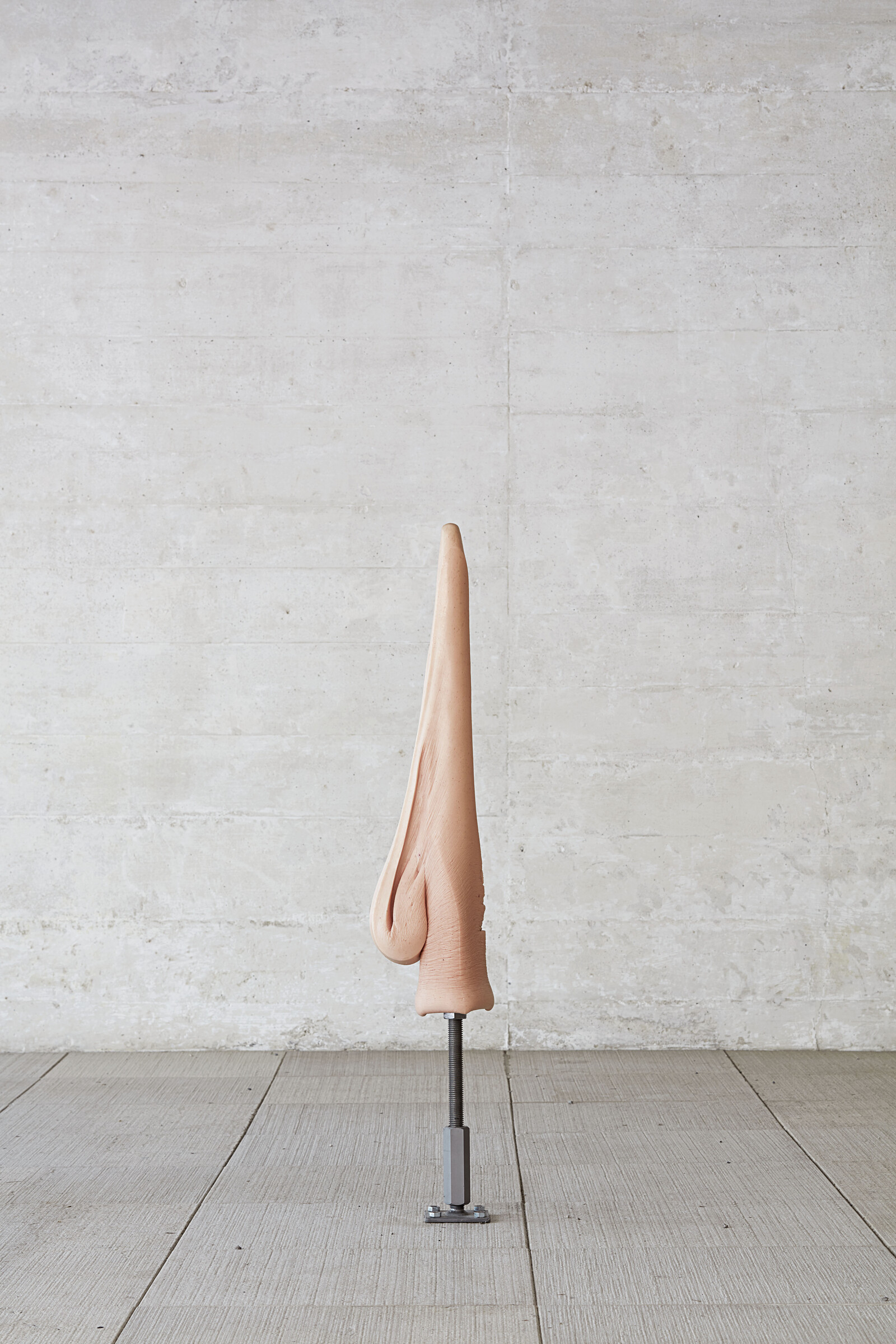June 23–September 2, 2018
June 2–September 2, 2018
Jan Hoetplein 1
9000 Ghent
Belgium
Hours: Tuesday–Friday 9:30am–5:30pm,
Saturday–Sunday 10am–6pm
T +32 9 323 60 01
info@smak.be
Leo Copers
1969-1974
Since the late 1960s, Leo Copers (b. 1947, Ghent) has explored the tension between physical and antagonistic forces through a diverse practice ranging from sculpture and installation to video, performance and other media. Artistically active for 50 years, he is one of Belgian’s best known contemporary artists.
Zooming in on Copers’ earliest artistic practice, the exhibition presents a selection of work made between 1969 and 1974. In these first works, the artist aimed to coalesce seemingly conflicting and irreconcilable elements such as gas and fire, and water and electricity, so as to celebrate the futility and absurdity of visual reality. The tension between these bipolar and incongruous entities, whereby symbol and meaning are no longer aligned, evoke a sense of threat and perilousness, of destruction and ephemerality. With an equally dualistic approach, his early constructions alternate between aesthetic viewing experiences and uncanny or ominous situations. Despite the dangerous and threatening atmosphere, Copers’ early sculptures and installations are over-aestheticized and hence provide an ironic commentary on the immorality of a politically irresponsible aestheticism. Adhering to a minimal and conceptual idiom, Copers’ creates surreal-looking work often derived from symbols and metaphors. Very much aware of the movements on the international art scene, Copers’ early work references René Magritte’s poetic surrealism and Marcel Broodthaers’ anti-institutional humour, while equally addressing art historical icons such as Filippo Marinetti and Leonardo Da Vinci.
The exhibition Leo Copers | 1969-1974 is part of the retrospective Dreams Are Made of This: Leo Copers 1968-2018, which was initiated by Hilde Teerlinck in collaboration with the artist, and is being presented in separate chapters at S.M.A.K., M HKA, BOZAR and Middelheim Museum. This survey is accompanied by a monographic catalogue published by Ludion. It has been compiled by Hilde Teerlinck and includes texts by Ory Dessau, Hilde Teerlinck and others.
Nina Canell
Energy Budget
Nina Canell’s sculpture transcends the quiet and static. Her artistic practice does not revolve around the finished art object but the surprising, movable and inexhaustible capacities of the matter it contains. Throughout the sculptural process, this potential of energy is being managed, placed, moved, distributed, lost and regained, but never fully controlled.
Canell’s sculptures and installations are the result of both chance encounters and careful observations. They generate dynamic connections between solid objects and elusive phenomena that together testify to what has happened or is happening. This mediation between stuff, substances and structures always leaves traces: from the distance that they travelled, the things they bumped into, or the time that passed through them. Canell incorporates such residues as integral aspects of her work. Her plastic experiments are not an attempt to explain the world to us but to densify it with the impurities of process, the impact of experience and the unexpected directions in which they send our attention.
In her exhibition at S.M.A.K., Nina Canell integrates the museum’s architecture, light and relationship with the outside environment, which influences the location of the sculptures and determines the transformation they undergo on site. The arrangements of objects, with their individual characteristics, in turn create a specific atmosphere by which the space is undeniably affected. In the only darkened space of the exhibition, a collaborative video reveals in razor-sharp detail the intoxicating complication of movement and stasis of a leopard slug and a number of dragon holes.
Nina Canell (b. 1979, Växjö, Sweden) lives and works in Berlin. She has recently had solo exhibitions at The Artist’s Institute (New York), Le Crédac (Ivry-sur-Seine), Museo Tamayo (Mexico City), Arko Art Center (Seoul) and Moderna Museet (Stockholm). She also regularly took part in group exhibitions, such as the Biennales in Venice, Sydney, Lyon and Liverpool, and in projects at various venues including the Museum of Modern Art (New York), Palais de Tokyo (Paris), Witte de With (Rotterdam), ICA (London) and Kunsthalle Fridericianum (Kassel).


